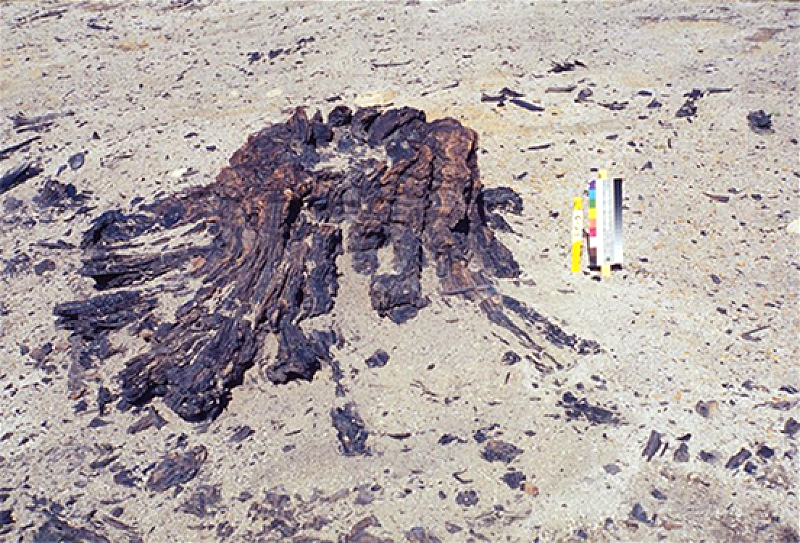How a hospital chain traps psychiatric patients for money

Hi everyone! Mathew Ingram here. As many of you probably know, I am able to continue writing this newsletter in part because of your financial help and support, which you can do either through my Patreon or by upgrading your Ghost subscription to a monthly contribution. I enjoy gathering all of these links and sharing them with you, but it does take time, and your support makes it possible for me to do that. And I appreciate it, believe me! If you like this newsletter, please share it with someone else, and thanks for being a reader.

From the New York Times: "Acadia Healthcare is one of America’s largest chains of psychiatric hospitals. Since the pandemic exacerbated a national mental health crisis, the company’s revenue has soared. Its stock price has more than doubled. But a New York Times investigation found that some of that success was built on a disturbing practice: Acadia has lured patients into its facilities and held them against their will, even when detaining them was not medically necessary. In at least 12 of the 19 states where Acadia operates psychiatric hospitals, dozens of patients, employees and police officers have alerted the authorities that the company was detaining people in ways that violated the law, according to records reviewed by The Times. In some cases, judges have intervened to force Acadia to release patients. Some patients arrived at emergency rooms seeking routine mental health care, only to find themselves locked in."
Gardiner's Island: New York’s forgotten outpost of European aristocracy

From Messy Nessy Chic: "Gardiner’s Island has long been the subject of local intrigue. It is the oldest and largest privately owned island in the country, a 3,318-acre mass between Long Island’s North and South Forks that is completely inaccessible to outsiders — even those who can see it from the decks of their East Hampton compounds. Despite being one of America’s largest privately owned islands, hardly anyone knows it is there. It has been owned by one family for nearly four hundred years, protected by a Royal Charter given by King Charles I, making it the only place in America still held by a grant from the English Crown. Ruled over by a highly reclusive family, the mysterious island is said to be home to America’s oldest building, the site of a witch trial that predates the Salem trials by thirty years, as well as some of Captain Kidd’s treasure."
New England's pine trees may have done more to kick off the American Revolution than tea

From JSTOR Daily: "Though the image of incensed colonists dumping tea into Boston Harbor in the period leading up to the American Revolution is iconic, a different kind of uprising may have more directly led to war against the Crown. Soon after British ships landed in North America in the sixteenth century, it became clear that this new world had a prized item in abundance: wood. The British Empire ruled by sea, and it required large tree trunks for the masts of its tall ships. Having mostly denuded the once expansive forests of the British Isles, Britain and other European powers including Spain and France had looked east, sourcing mast wood from the Baltics. But by the early seventeenth century, high-quality timber in that region was diminishing too, as the Baltic forests had been depleted and reforestation policies were wanting."
Experiencing the magic of a moon garden, where flowers only bloom at night

From American Scholar: "Moon gardens are made up of night bloomers and silver-and-white foliage meant to catch moonlight and release perfume. Many species bloom every evening, for as long as the flowering season lasts. These gardens enjoyed a surge of interest during the pandemic, when people were stuck at home in search of nightly entertainment, but they were also popular in Victorian times, when households were beginning to transition from candles and lanterns to electricity. In that era, darkness was not the other; it was endless light that was foreign. Those long-ago moon gardens were a way of exploring human beings’ growing relationship with light. And the more I thought about the Cambridge moonflower, the more I began to wonder: How might modern moon gardens deepen our relationship with disappearing darkness?
There's a 40 million-year-old fossil forest on the Arctic's Axel Heiberg Island

From Canada.ca: "On Axel Heiberg Island in the High Arctic, in what was formerly the Northwest Territories and is now Nunavut, a site of international significance sat largely unrecognized for decades. Early explorers in the 1800s observed the phenomenon, and a pilot flying on surveying work also spotted it from a helicopter in the mid-20th century. However, it was not until 1985 that Dr. B.D. Ricketts of the Geological Survey of Canada documented the site’s significance. Dr. Ricketts found that the site contained fossil remains of an in situ forest that was roughly 40 million years old. “In situ” means that the tree stumps still stood where the trees had been some 40 million years ago. This was a forest comprised predominantly of two types of trees: dawn redwood trees, a species which today is native to the Hubei province of China; and an extinct species of Pseudolarix trees, related to those trees which produced Baltic amber."
What it's like to ride a motorcycle that turns into a passenger-carrying drone
Domestic flying motorcycle. pic.twitter.com/OPV4dos8JA
— Figen (@TheFigen_) September 6, 2024
Acknowledgements: I find a lot of these links myself, but I also get some from other newsletters that I rely on as "serendipity engines," such as The Morning News from Rosecrans Baldwin and Andrew Womack, Jodi Ettenberg's Curious About Everything, Dan Lewis's Now I Know, Robert Cottrell and Caroline Crampton's The Browser, Clive Thompson's Linkfest, Noah Brier and Colin Nagy's Why Is This Interesting, Maria Popova's The Marginalian, Sheehan Quirke AKA The Cultural Tutor, the Smithsonian magazine, and JSTOR Daily. If you come across something interesting that you think should be included here, please feel free to email me at mathew @ mathewingram dot com



